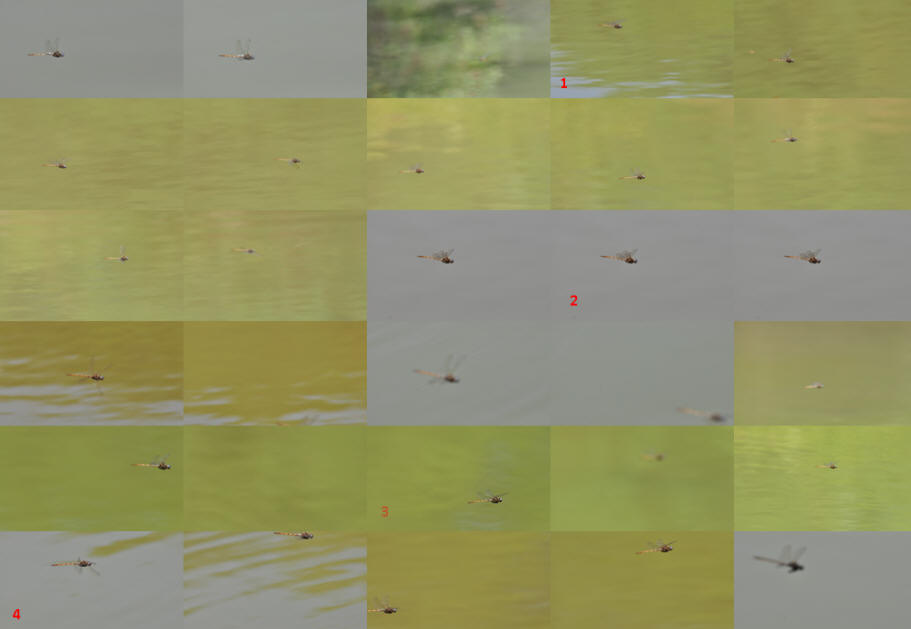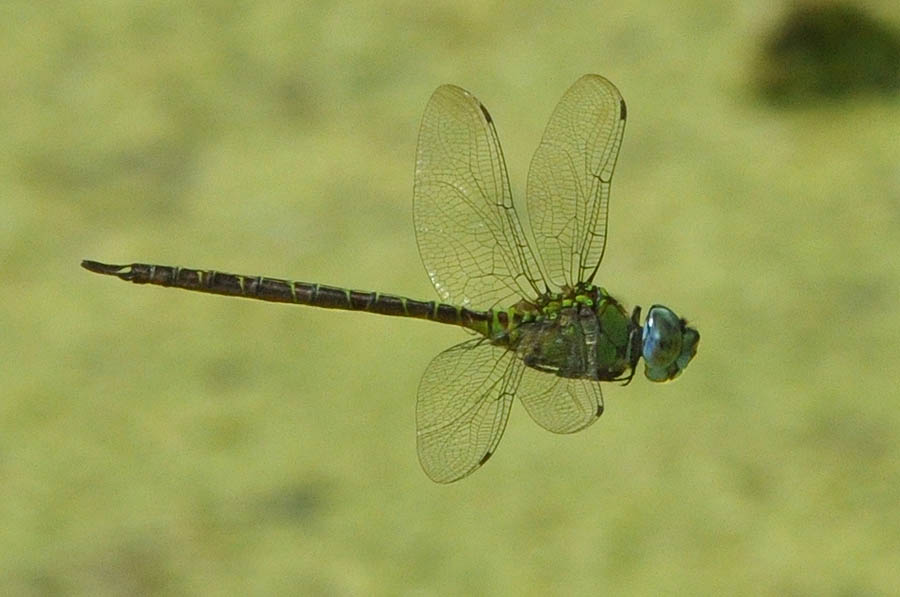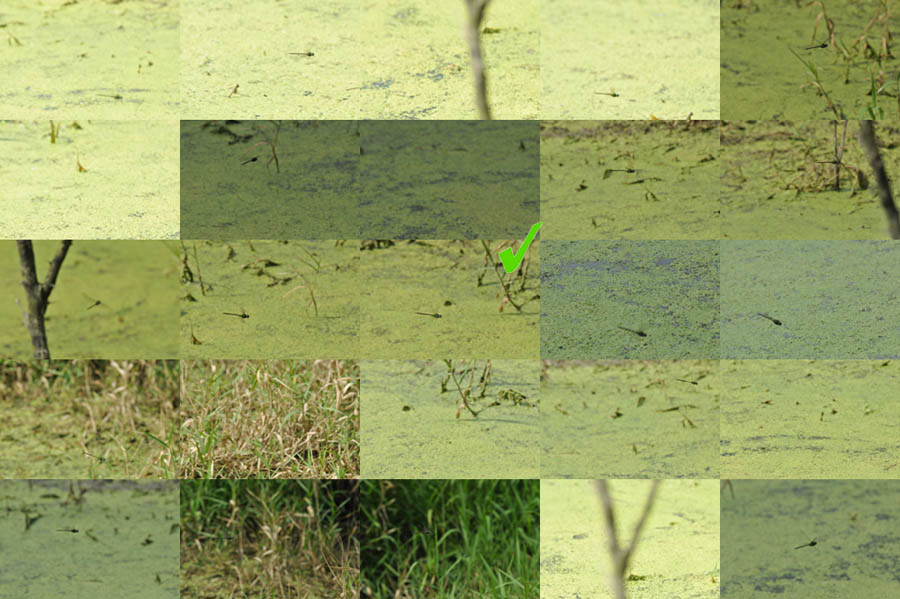I started seriously taking photos of Odes
in early July of 2008 with a Nikon D50 and a Nikon D60. With camera upgrades, I shot with two Nikon D90s for several years, and now have a D90 and a D7100 - I typically keep the 80-400 zoom on the D90 and the 105 mm macro on the D7100. I usually shoot with either a Nikkor 105
mm VR Macro or a Nikkor 80-400 mm VR Telephoto zoom lens and shoot with integral
flash. In the beginning, most of the dragonfly shots are taken with the long lens, most of the
damsels are shot with the short one, over the years, it has gotten to where I take nearly all with the Macro (and most of the best shots are taken with the
Macro) - nowadays, I shoot first ("safe" shots) with the telephoto and then carefully and cautiously move in with the macro. Soon, I hope to get a 200mm Macro, and plan to use it for almost all Ode photos. I use the integral (pop-up) flash for
most shots, and recently have switched to mostly using the manual settings on
the camera, shooting (except in extremely bright or dim light) at ISO 800,
Shutter speed of 1/250th of a second, and F stops ranging from F16-25. I
almost never use a tripod anymore. If the light is really bright (and in
the right position), I may
not use the flash, and allow a faster shutter speed . . . or I may still use the
flash, and just shoot at a much higher F-stop. Some of the shots taken prior to May of 2009
and all shots taken before July of 2008 were taken with a Nikon D50. Some of
the early July 2008 (and earlier) shots were taken with the D50 and a Sigma 105
mm Macro, and many of the 2008 dragonflies were shot with a Sigma 135-400
telephoto zoom lens, but I've since replaced those lenses.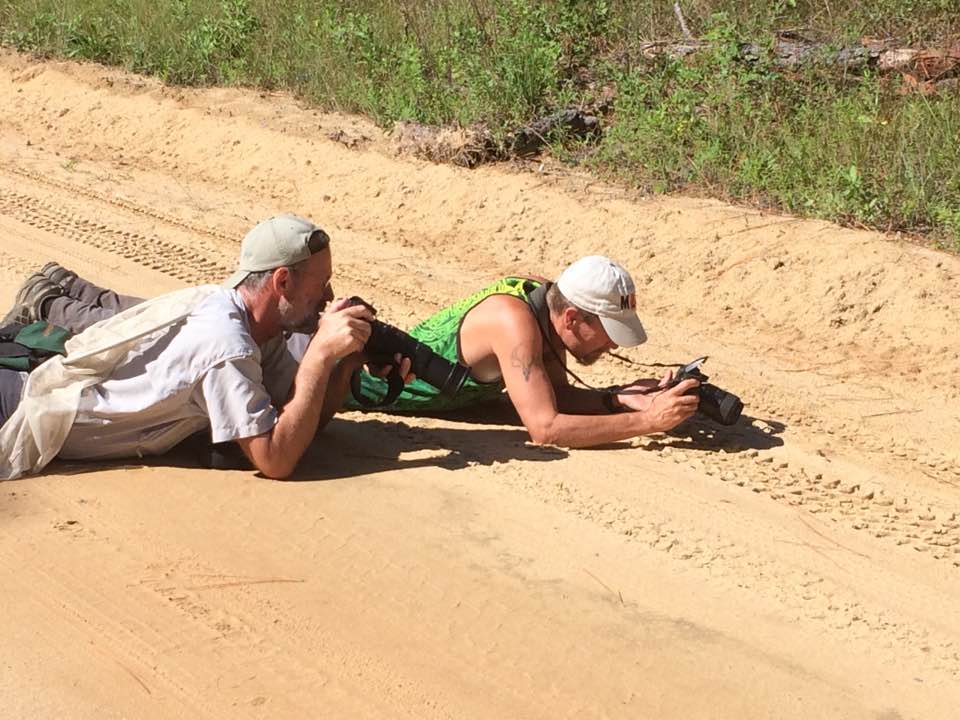 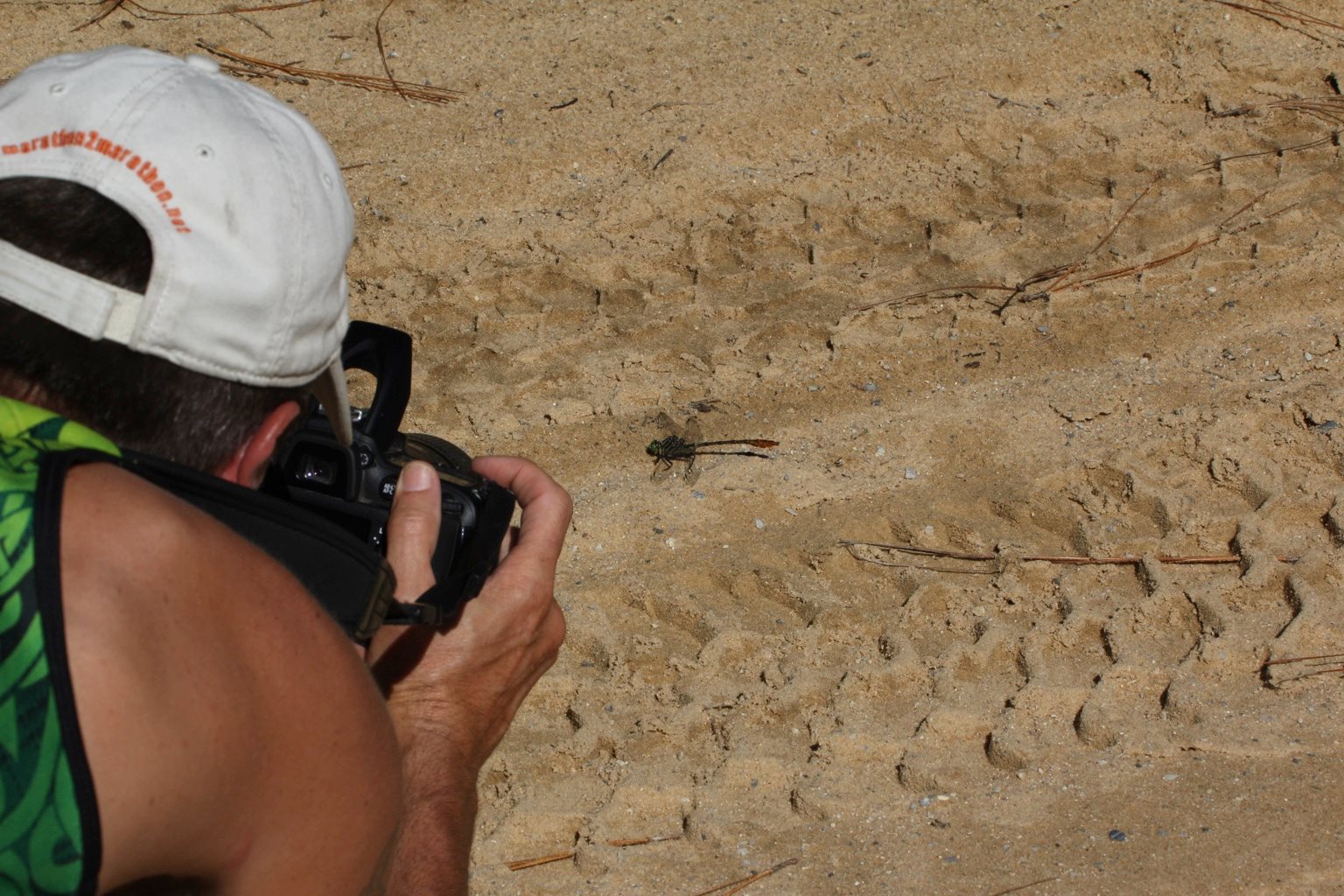 Shooting flying dragonflies takes a different set of techniques. First, I shoot with the lens set on Manual Focus. Second, I set the shutter speed very high - at least at 1/1000th of a second, usually faster (1/2500 - 1/1250), depending on the light and the type of insect - slow, fluttery flight can be captured with slower shutter speeds than rapid flight or a hovering insect. I usually set the camera on "shutter priority" ("S" on the Nikons) and allow the F-stop to be set automatically for the initial exposure. If these initial results are unsatisfactory, I typically switch to manual and adjust the F-stop accordingly - usually several F-stops higher than the camera's automatic setting - this is trial and error. Finally, I set the camera to shoot at high speed, multiple frames per second so that I can hold down the shutter button and let the camera fire away. Getting things in focus: If the dragonfly is hovering, it is usually pretty easy to get it into general focus. However, if it is flying it is a lot harder, but there are a few things you can try. First off, don't try to stand too close to its flight path - it is a lot easier to get a mid-range insect in focus because your lens's field of view is larger. Second, try not to aim at a flying bug with a complex backdrop like bushes, trees, etc. You generally lose it against the bank - they are a lot easier to see against the sky or water (uncomplicated background). If it is flying a regular beat, patrolling back and forth, I usually pick a spot in its path as it approaches, and get that spot in focus, and then turn the manual focus back as it approaches to try to keep it in focus, firing off photos the whole time. This usually works until the bug recedes, at which point I usually loose it and have to start over again. With an erratically flying insect, all bets are off and you just have to try to get it in focus as best you can. With common species, I don't usually try, but sometimes something rare comes flying by and you have to give it a shot. Finally, take a lot of photos, it takes a lot of misfires to get a gem! Below are 30 shots taken of a Straw-colored Sylph (Macrothemis inacuta) in flight in August of 2009. Of the 35 shots taken, only 4 were deemed in sharp enough focus to save. |
